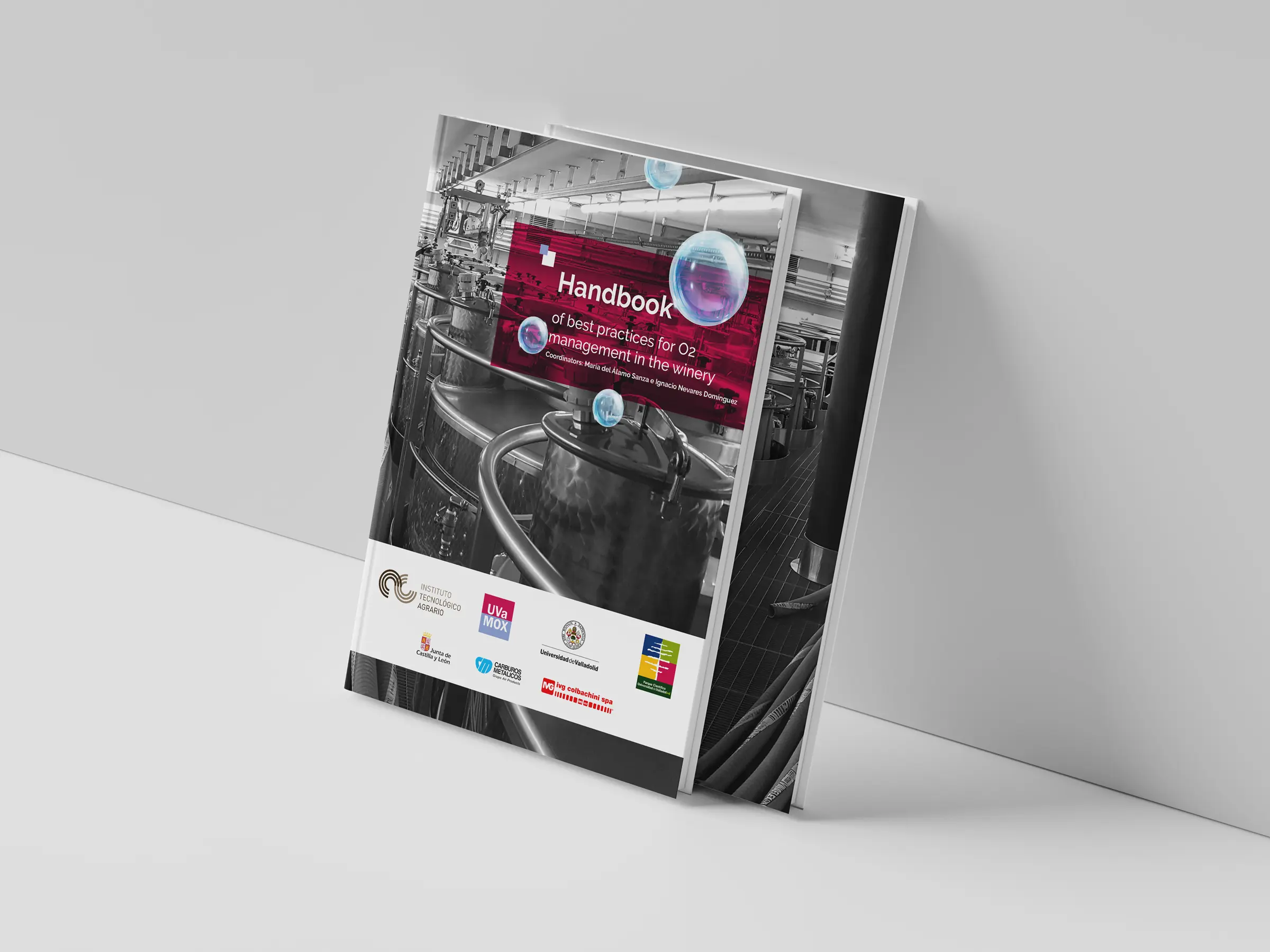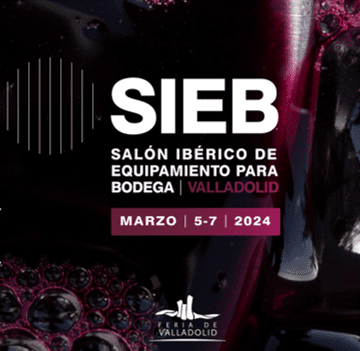Application of image analysis and artificial neural networks to the prediction in-line of OTR in oak wood planks for cooperage
open access
Volume 181, 5 November 2019, 107979
Oxygen Transmission Rate (OTR) is an important property of the wood employed in cooperage because of its relationship with the characteristics attained by the wine during the aging process. Nevertheless, this property has not been considered in the barrel making process because the time and systems required for measuring it do not allow its integration into a production line. This article proposes a method to classify the staves that compose each barrel in order to be able to build low-OTR barrels and high-OTR ones depending on the OTRs of the oak staves with significantly different levels among them. This method uses eight anatomical and physical parameters of the wood, which could be measured with in-line non-destructive methods, and a multilayer perceptron artificial neural network (MLP-ANN) to estimate the toasted-staves OTR value. Finally, the staves are classified according to their estimated OTR in three groups: low-OTR, high-OTR and those in between as the third group. The proposed stave classification system makes it possible to build oak barrels with different OTRs. Thus barrels with high OTRs with an average wood OTR almost three times higher than those with low OTRs could be built.




